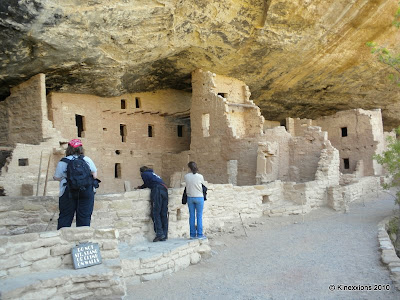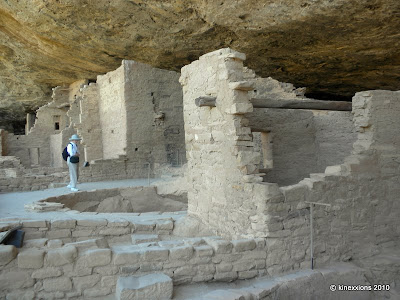
We parked near the school in Welford, on West St, and walked through Butchers Close to the High Street, past a couple of ex-pubs, and the Old Post Office, then turned left, past a development of new houses ( from barns) and across some fields, following a path, which joined the Jurassic Way, and funnelled us between hedges briefly. We followed the Jurassic Way through some fine scenery, across a tiny river - the infant Avon, of Stratford fame - and up past Sulby Lodge Farm, home of Shep the dog. Soon afterwards we met the Naseby Road, turned left and after Grange Lodge turned right along the path beside Welford Reservoir, then across the weir which divides it from Sulby Reservoir.
 |
| a kestrel |
 |
| A robin watches as we wander by |
The path left the water and went nor'nor'east, through a field showing plenty of evidence (humps and bumps and hollows) of the old mediaeval village of Old Sulby.
 |
| Part of Old Sulby, with the northern arm of Sulby reservoir in the background |
The path crossed a track and then another field. Just after some buildings on the right the Jurassic Way turns east. We continued along as far as Sibbertoft, where we turned right and walked along the road which skirts the southern edge of the village, ignoring all turnings to the left, and turned right at a green where three roads converge. At a right-angle bend to the left, our path turned off to the right. There was a fair amount of walking through fields here, some of them muddy - the path was generally easy to follow, in a more or less south-westerly direction, cutting diagonally across the fields.
We were aiming for the small piece of woodland at the end of the reservoir's eastern arm. Through the wood, the path proved to be very muddy and wet, but at the other side we came out on to a decent track. It leads from Oak Tree Farm - which isn't on the map. The track leads up hill gently, and we had a snack break when we reached the gate by the Naseby road. A good choice - sheltered from the wind.
Across the road is the site of Sulby Abbey, founded in c.1155, occupying a considerable area, and frequently visited by Edward II. According to this site, the monks were not always perfectly behaved, and there are details of some of the punishments they were given.
In 1538, Thomas Cromwell was informed that'the papistical den of idle and utterly unlearned beasts at Soulbie' had beenbroken up.
Next downhill a bit, and over the mighty Avon again, then upwards and onwards to the A 5199. We seemed to be approaching the A14, closer and closer, noisier - but a few hundred yards short, we turn west and parallel to it, then meet the minor road which crosses it. We turn our backs on the big road, and after less than half a mile, past Welford Lodge Farm, we turn left again and head across country towards Hemplow Lodge Farm. This is a popular child-care nursery, if the traffic along the lane is anything to go by. There's a manicured lawn and mini-lake here, and the path could do with clearer signs.

We turned sharp right, and straight along the lane, past a house named the Hemplow Arms, straight on at the crossroads, and into Welford along West End.

 |
| Hora pars vitae - each hour is a part of life |

























 My morning glory flowers are now doing great. The tiny spots aren't camera problems but are pollen.
My morning glory flowers are now doing great. The tiny spots aren't camera problems but are pollen.



 The black areas on the underside of the rock were caused by smoke from the fires they used to cook with and keep warm.
The black areas on the underside of the rock were caused by smoke from the fires they used to cook with and keep warm.

